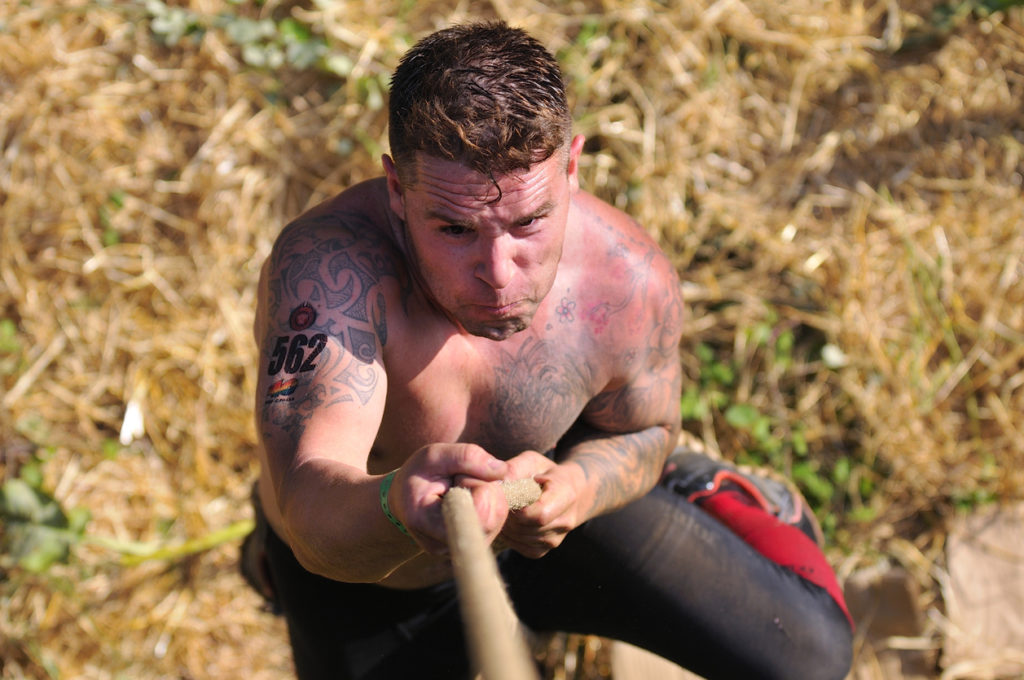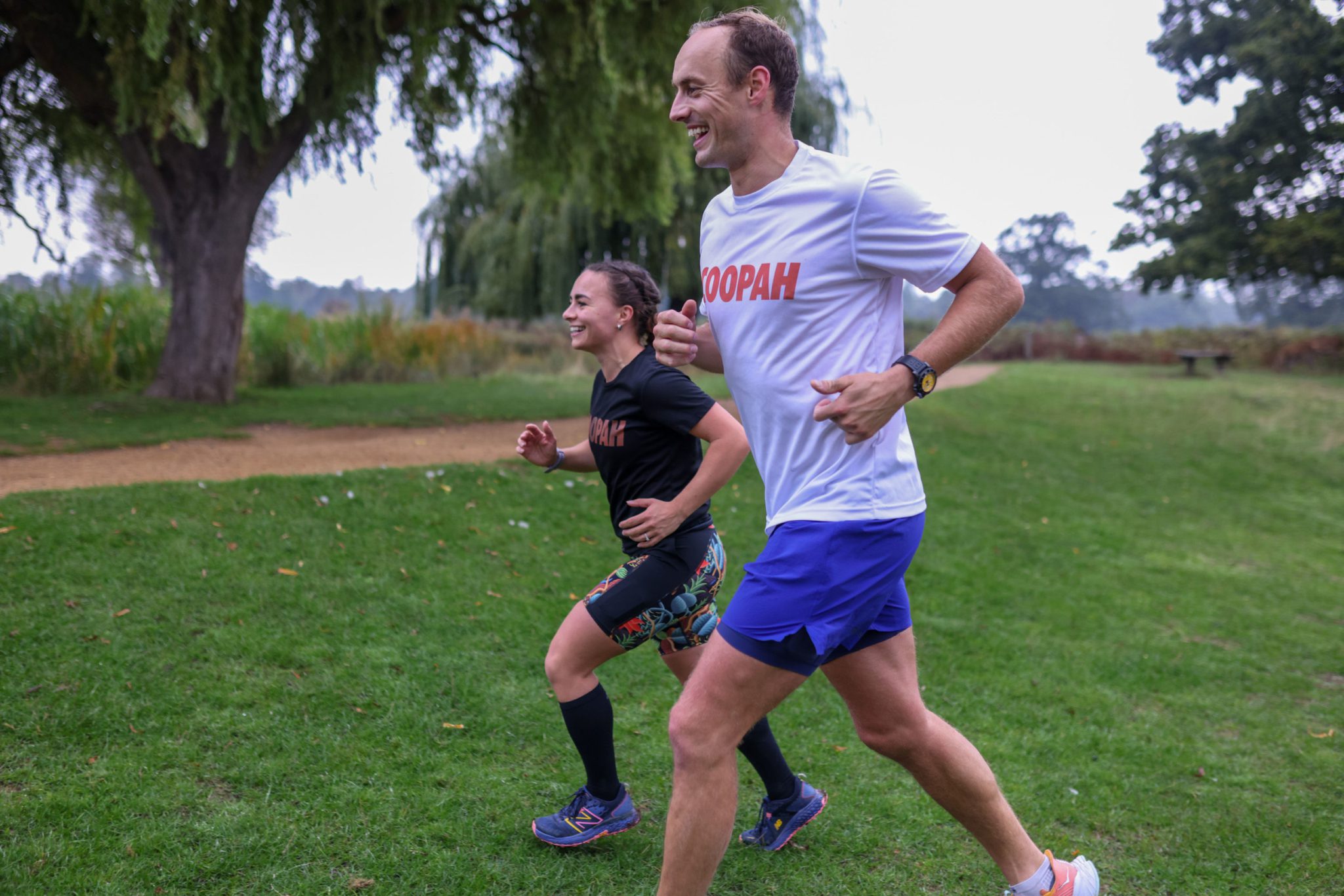Once upon a time, when you told someone you were a runner, the first question you’d be asked in return was: “Have you run a marathon?” Nowadays, that question has changed. You’re now as likely to be asked: “Have you completed an obstacle race?”
And it’s hardly surprising. Last year, more than 1.6 million people took part in an obstacle race in the UK alone.
For those of you still unfamiliar with obstacle racing – and there’s always one – it essentially involves running over, under and through a series of challenges. These involve everything from barbed wire to bodies of water, electric fences to fire hazards. Sounds like fun, heh?
With their macho names – Tough Mudder, Spartan Race, Total Warrior – it’s easy to dismiss these events as the running world’s own WrestleMania: showy, popular in the States and not to be taken too seriously. However, before bad-mouthing the mud-loving brigade, maybe you should try running one yourself. And if you are tempted to give it a go, you’ll need to put in the right training. Here are Men’s Running’s 12 top tips for getting into shape for an adventure race.
1 Keep running
Running is to obstacle racing what classical ballet is to other areas of dance: the foundation. Running lays down a base of endurance and cardiovascular fitness for many other sports, so keep it up for this new challenge.
2 Go long
Your longer, slower run is essential for building base endurance and fitness. This should increase each week by 10 to 15 minutes. However, every three to four weeks, have an easier week where the length of your long run decreases – it will allow your body to adjust to the training demands you’ve been placing on it.
3 Do intervals
Working at various effort levels will help to boost your speed endurance and VO2 max. Here are a few ideas. Try a sessions such as 5 x 5 minutes (with 90 seconds’ recovery in between the blocks of effort). Aim for an effort level of 80 per cent of your maximum effort.
4 Head to the hills
Brutal as it is, hill running is brilliant for building strength, endurance and power – all of which you’ll need in abundance to complete an adventure race.
5 Include cross-training
Training on the gym cross-trainer, bike and rower will improve your all-round muscular strength and conditioning.
6 Lift your own body weight
Many of the challenges in an obstacle race will involve heaving yourself over, under and through obstacles, so getting good at lifting your own body weight is a must. Include exercises such as press-ups and chin-ups. Press-ups can be completed at home and, if you invest in a chin-up bar, these can be too – so no excuses! Your upper body power-to-weight ratio will improve, as will your running.
7 Join a gym class
Don’t go into the gym confused as to what to do – there are some fantastic gym classes available that will test your all-round strength in varied planes of movement similar to your challenges on race day. Circuit classes are fabulous, as they recreate a series of movements and exercises you will need to be able to perform, while keeping you working aerobically.
8 Do CrossFit
CrossFit – a form of workout that consists of varied functional movements executed at high intensity – has become hugely popular, and it’s easy to see why. It can improve muscular strength, cardio-fitness, endurance and flexibility. What’s more, the mix of aerobic aerobic exercise and body-weight exercises is a good recreation of some of the moves that will be required of you in the more extreme adventure races out there.
9 Go to boot camp
Most boot camp classes take place outdoors, come rain or shine, and are a brilliant opportunity to build strength through a series of exercises, such as squats, burpees, lunges, fast sprints, press-ups and core workouts.
10 Get the correct kit
Adventure races test not only the toughness of your body but also the toughness of your kit. Invest in kit that is comfortable and durable – trail trainers, non-chaffing fabrics and clothing that perform well when wet.
11 Take small steps
There are many events out there that offer shorter distance challenges before you step up to the longer, more challenging one. Make the most of these, as they will tell you whether you enjoy them and highlight the areas in which you need to improve.
12 Think positive
Most of all, mentally prepare yourself for the challenge ahead. There will be sweat, mud, wet clothes, excitement, fear and pain. But as long as you have trained and used our tips ahead of the event, you will be prepared!







